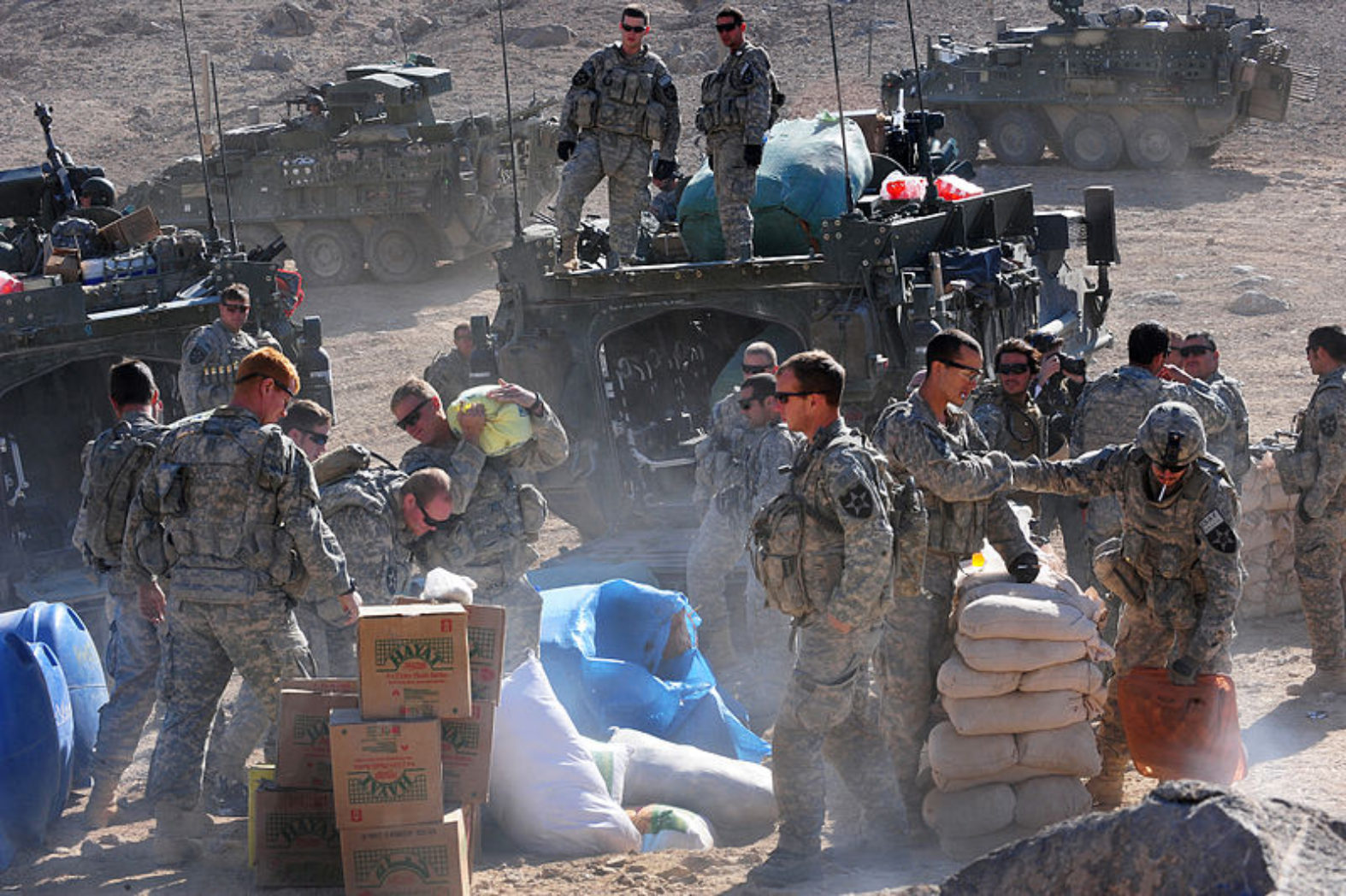
From Peace Science Digest, July 25, 2020
This analysis summarizes and reflects on the following research: Sullivan, P., Blanken, L., & Rice, I. (2020). Arming the peace: Foreign security assistance and human rights conditions in post-conflict countries. Defence and Peace Economics, 31(2). 177-200. DOI: 10.1080/10242694.2018.1558388
Talking Points
In post-conflict countries:
- Arms transfers and military aid from foreign countries (collectively referred to as foreign security assistance) are associated with poor human rights conditions, including violations of physical integrity rights such as torture, extrajudicial killings, disappearances, political imprisonment and executions, and genocide/politicide.
- Official Development Assistance (ODA), broadly defined as non-military aid, is associated with improved human rights conditions.
- The limited strategic options available to national leaders in the post-conflict transitional period help explain why foreign security assistance leads to worse human rights outcomes—namely, it makes it easier for leaders to choose investment in security forces over investment in the wide provision of public goods as a means of securing power, making the repression of dissent more likely.
Summary
Foreign assistance to post-conflict countries is a key feature of global engagement to encourage peace in such contexts. According to recent research conducted by Patricia Sullivan, Leo Blanken, and Ian Rice, the type of aid matters. They argue that foreign security assistance is linked to state repression in post-conflict countries. Non-military aid, or Official Development Assistance (ODA), appears to have the opposite effect—positively correlating with human rights protection. Thus, the type of foreign assistance has a powerful influence on the “quality of peace” in post-conflict countries.
Foreign security assistance: “any state-authorized provisions of weapons, military equipment, funding, military training, or other capacity building goods and services to the security forces of a foreign government.”
The authors find these results by analyzing 171 instances in which violent conflict ended from 1956 to 2012. These instances are studied as country-year units in the decade following the end of an armed conflict between a government and an armed opposition movement within the country. They test for state repression via a Human Rights Protection score that measures physical integrity rights violations such as torture, extrajudicial killings, disappearances, political imprisonment and executions, and genocide/politicide. The scale runs from -3.13 to +4.69, where higher values represent better protection of human rights. For the sample included in the dataset, the scale runs from -2.85 to +1.58. The dataset also takes into account the presence of peacekeeping forces, gross domestic product, and other relevant factors.
The key variables of interest include data on ODA, which is relatively easy to find, and security assistance, which is difficult to find. Most countries do not release information on military aid and certainly not systematically enough to warrant inclusion in a dataset. However, the Stockholm International Peace Research Institute (SIPRI) produces a dataset that estimates the volume of global arms imports, which the authors used for this research. They caution that this approach to measuring security assistance likely underestimates the true volume of military trade between countries.
Their results indicate that foreign security assistance is related to lower levels of human rights protection, resulting in an average 0.23 drop in the Human Rights Protection score (the scale of which is from -2.85 to +1.58). To compare, if a country experiences a renewed violent conflict, the Human Rights Protection score drops 0.59 points on that same scale. This comparison provides a benchmark for the seriousness of the Human Rights Protection score drop as a result of military aid. ODA, on the other hand, is associated with improved human rights. In generating predicted values for Human Rights Protection scores in post-conflict countries, ODA “appears to improve human rights conditions in the decade after conflict termination.”
The authors explain the effect of military aid on state repression by focusing on the strategic choices available to national leaders in countries emerging from armed conflict. These national leaders generally have two pathways to maintain power: (1) focus on securing public goods for the largest number of people—like investing in public education—or (2) focus on securing private goods for the minimum number of people required to maintain power—like investing in security forces to enhance the state’s repressive power. Given the resource constraints common in post-conflict countries, leaders must make hard decisions about how to allocate funds. Simply put, foreign security assistance tips the scale such that repression, or the second pathway, becomes appealing for governments. In short, the authors argue that “foreign security assistance reduces a government’s incentives for investing in public goods, lowers the marginal cost of repression, and strengthens the security sector relative to other government institutions.”
The authors point to examples in U.S. foreign policy to demonstrate this point. For instance, U.S. security assistance to South Korea following the Korean War bolstered a repressive state that committed numerous human rights violations until mass protests ushered in a democratic government decades later. The authors link these examples to a larger conversation about the “quality of peace” in post-conflict countries. The end of formal hostilities is one way to define peace. However, the authors argue that state repression of dissent, which security assistance encourages, especially in the form of human rights violations like “torture, extrajudicial killings, forced disappearances, and political imprisonment,” is a poor “quality of peace” despite the formal end of civil war.
Informing Practice
The “quality of peace” that takes shape after war is critically important because the risk of armed conflict recurrence is high. According to data collected by Peace Research Institute Oslo (PRIO) (see “Conflict Recurrence” in Continued Reading), 60% of all armed conflicts recur within the decade following the end of hostilities due to “unresolved grievances” in the post-war period. An exclusive focus on bringing an end to hostilities, without a clear commitment to human rights or a plan for how the country might address the structural conditions which led to war, may only serve to further entrench existing grievances and structural conditions that will beget more violence.
International interventions aimed at ending war and preventing armed conflict recurrence need to consider how their actions may influence these outcomes. As we discussed in our previous Digest analysis, “Presence of UN Police Associated With Nonviolent Protests in Post-Civil War Countries,” militarized solutions, whether in policing or peacekeeping, result in worse outcomes for human rights, as militarization entrenches a cycle of violence that normalizes violence as an acceptable form of political expression. This insight is critically important for how national governments—particularly those of powerful, highly militarized countries like the U.S.—conceive of their foreign assistance, especially whether they favor military or non-military aid to post-conflict countries. Rather than encourage peace and democracy, which foreign aid is intended to do, it appears that security assistance has the opposite effect, encouraging state repression and increasing the likelihood of armed conflict recurrence. Many have warned about the militarization of U.S. foreign policy, including individuals within the Defense Department and intelligence agencies (see “The Problems of a Militarized Foreign Policy for America’s Premier Intelligence Agency” in Continued Reading). They have questioned how an over-reliance on the military and militarized solutions affects how the U.S. is perceived around the world. While perceptions are important to international relations and foreign policy, foreign security assistance, more fundamentally, undermines the goals of creating a more peaceful and democratic world. This article demonstrates that a reliance on security assistance as a form of international aid worsens outcomes for recipient countries.
The clear policy recommendation from this article is to increase non-military ODA to countries emerging from war. Non-military aid could incentivize spending in social welfare programs and/or transitional justice mechanisms necessary to address grievances that encouraged war in the first place and that may continue in the post-war period, thus contributing to a strong quality of peace. Moving away from an over-reliance on military spending and security assistance, both in domestic and foreign policy areas, continues to be the best way to ensure long-lasting and sustainable peace. [KC]
Continued Reading
PRIO. (2016). Conflict recurrence. Retrieved on July 6, 2020, from https://files.prio.org/publication_files/prio/Gates,%20Nygård,%20Trappeniers%20-%20Conflict%20Recurrence,%20Conflict%20Trends%202-2016.pdf
Peace Science Digest. (2020, June 26). Presence of UN police associated with nonviolent protests in post-civil war countries. Retrieved on June 8, 2020, from https://peacesciencedigest.org/presence-of-un-police-associated-with-nonviolent-protests-in-post-civil-countries/
Oakley, D. (2019, May 2). The problems of a militarized foreign policy for America’s premier intelligence agency. War on the Rocks. Retrieved on July 10, 2020, from https://warontherocks.com/2019/05/the-problems-of-a-militarized-foreign-policy-for-americas-premier-intelligence-agency/
Suri, J. (2019, April 17). The long rise and sudden fall of American diplomacy. Foreign Policy. Retrieved on July 10, 2020, from https://foreignpolicy.com/2019/04/17/the-long-rise-and-sudden-fall-of-american-diplomacy/
Peace Science Digest. (2017, November 3). Human rights implications of foreign U.S. military bases. Retrieved on July 21, 2020, from https://peacesciencedigest.org/human-rights-implications-foreign-u-s-military-bases/


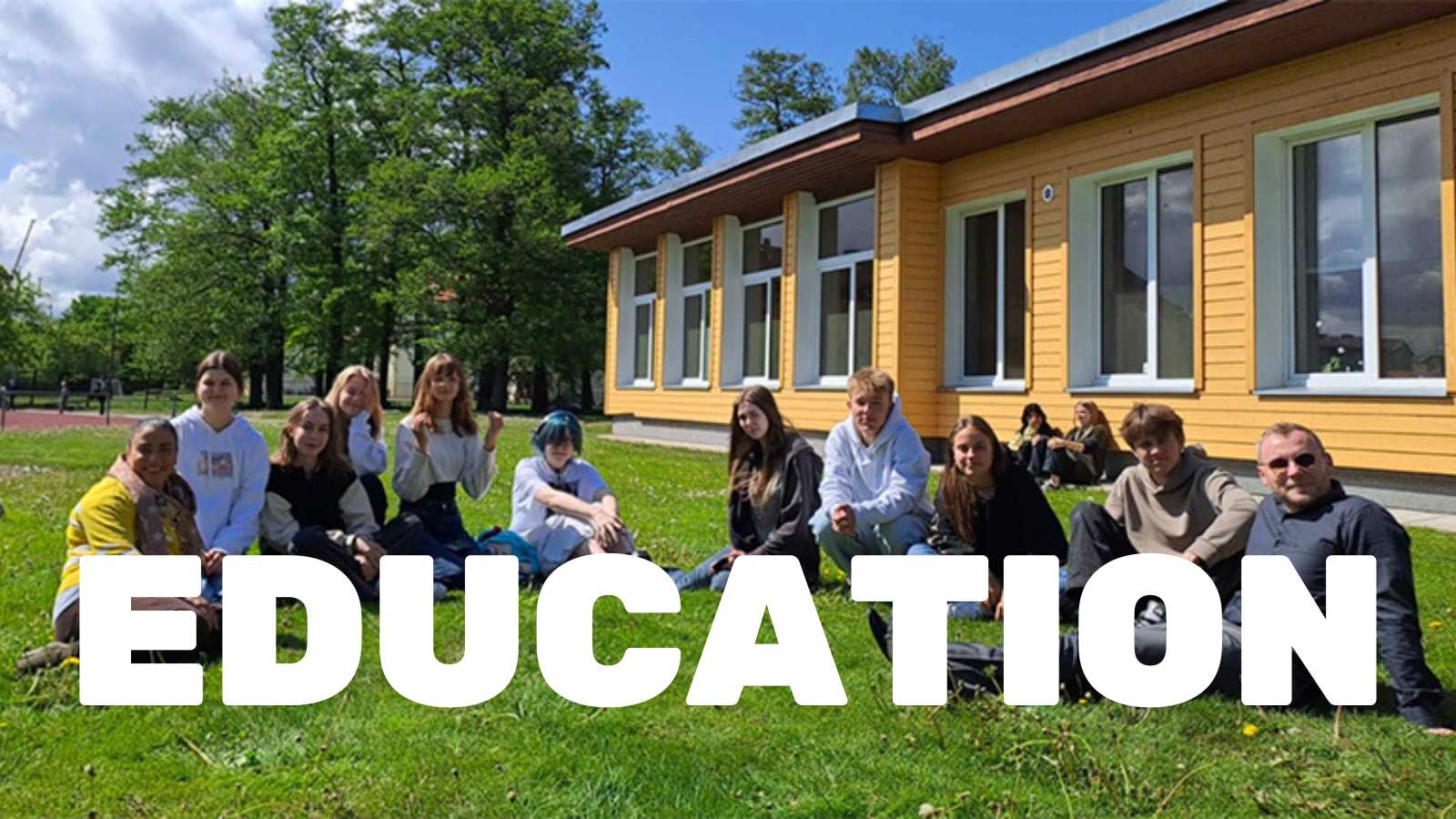
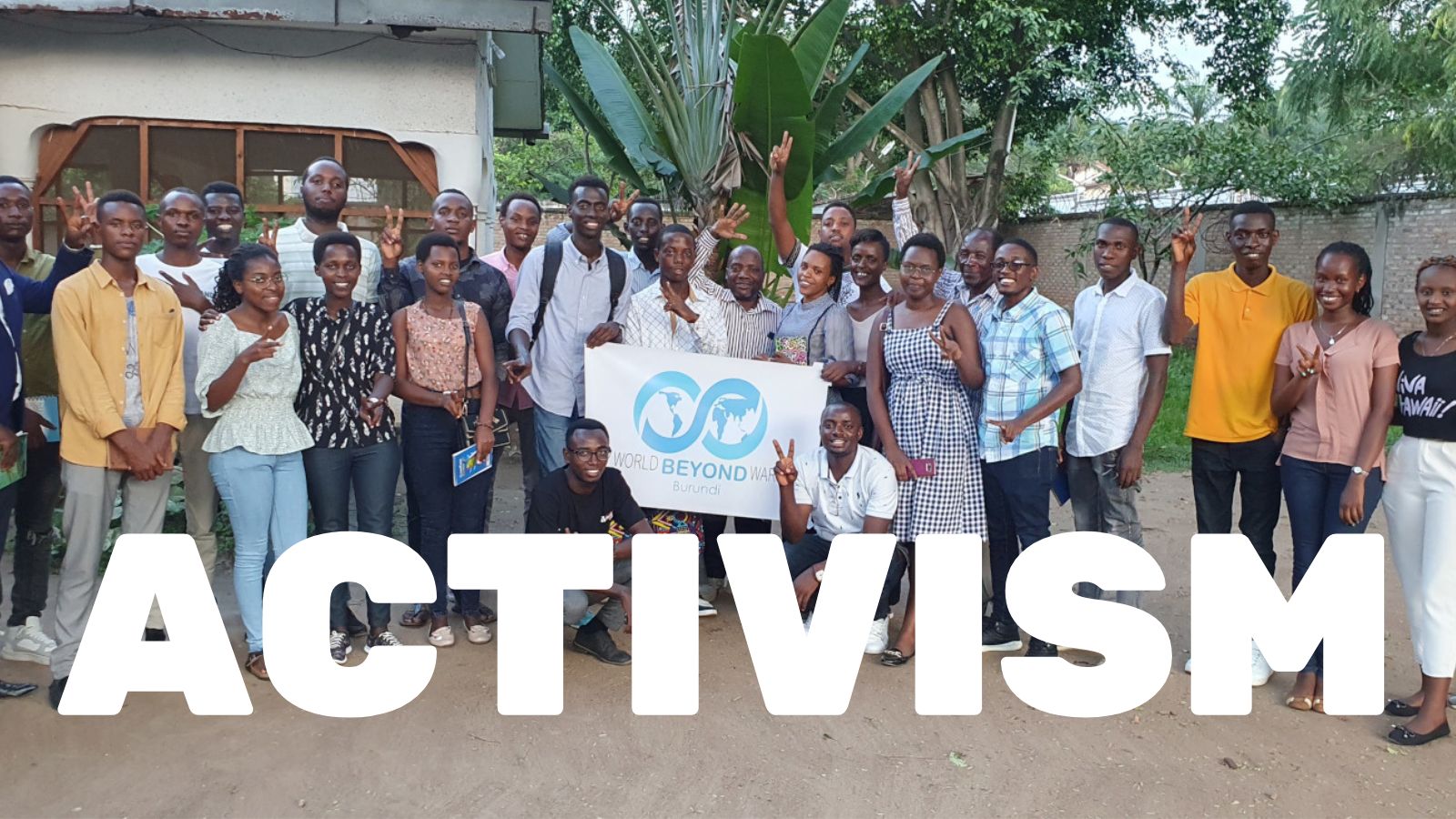
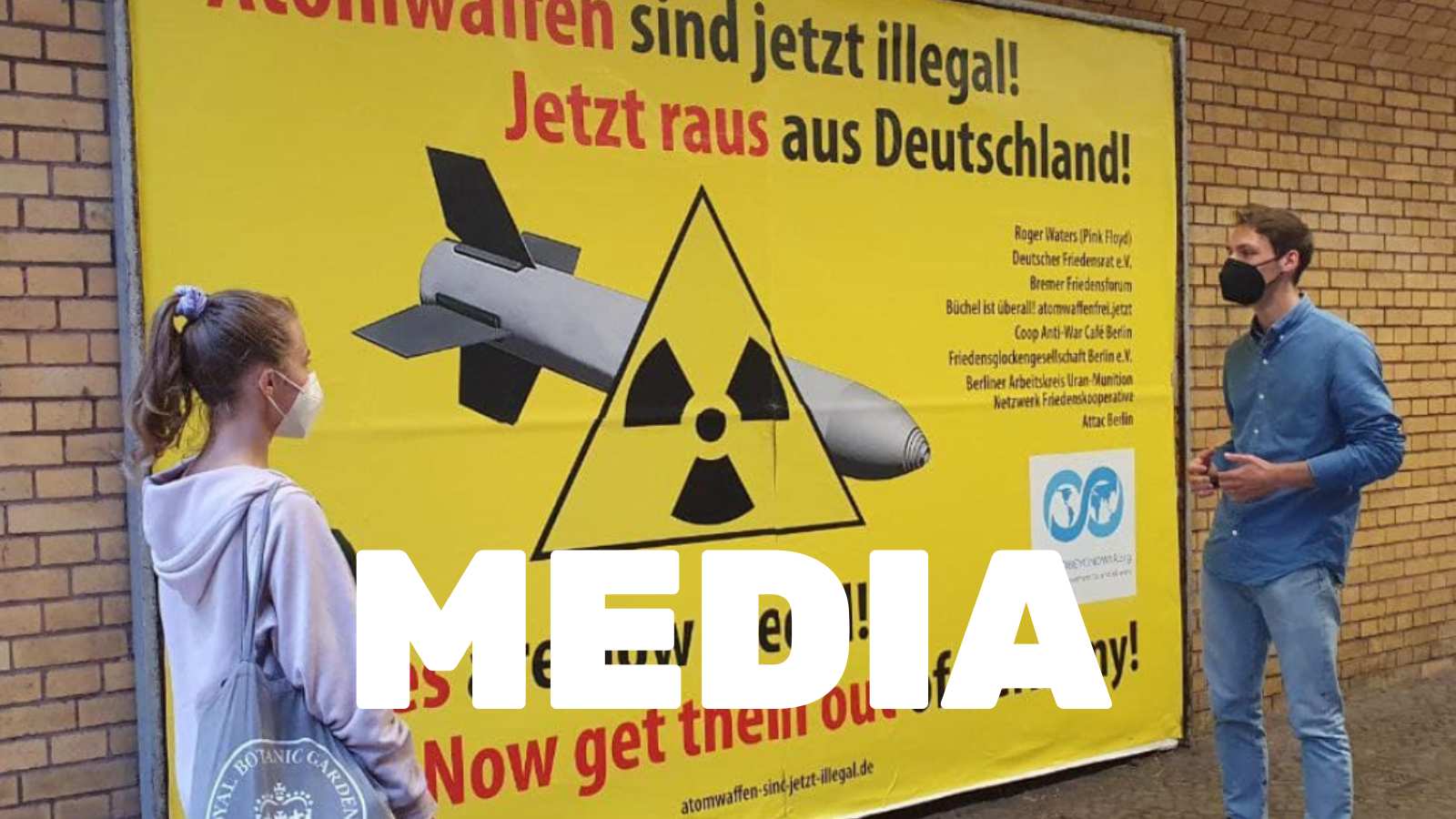
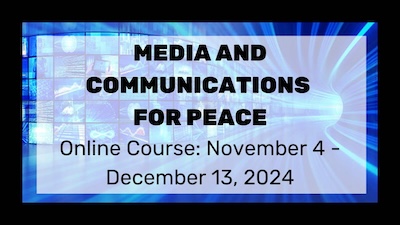
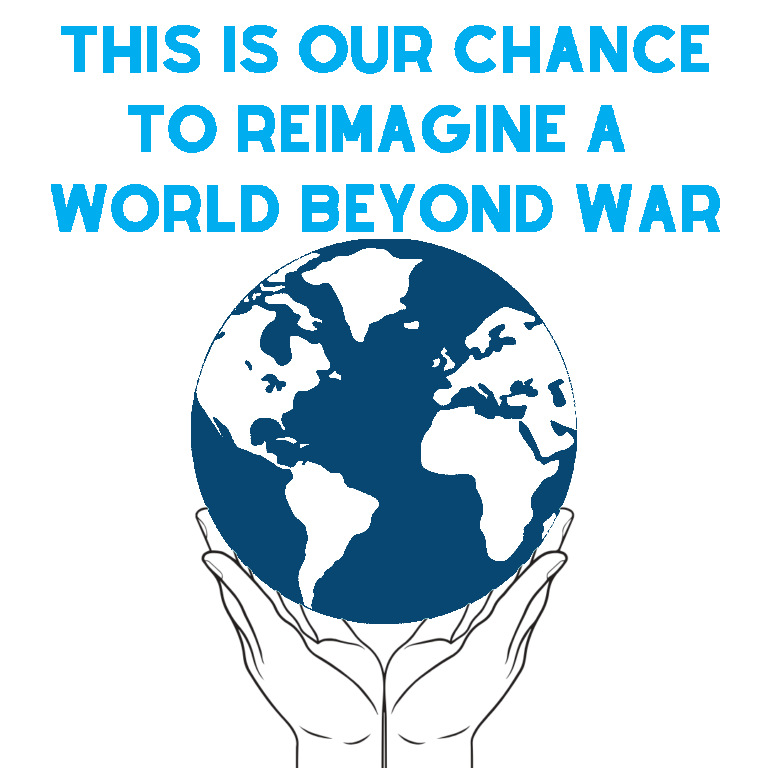

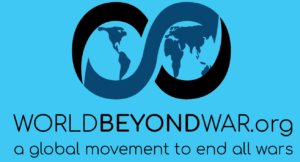
One Response
war is the worst ever on earth!